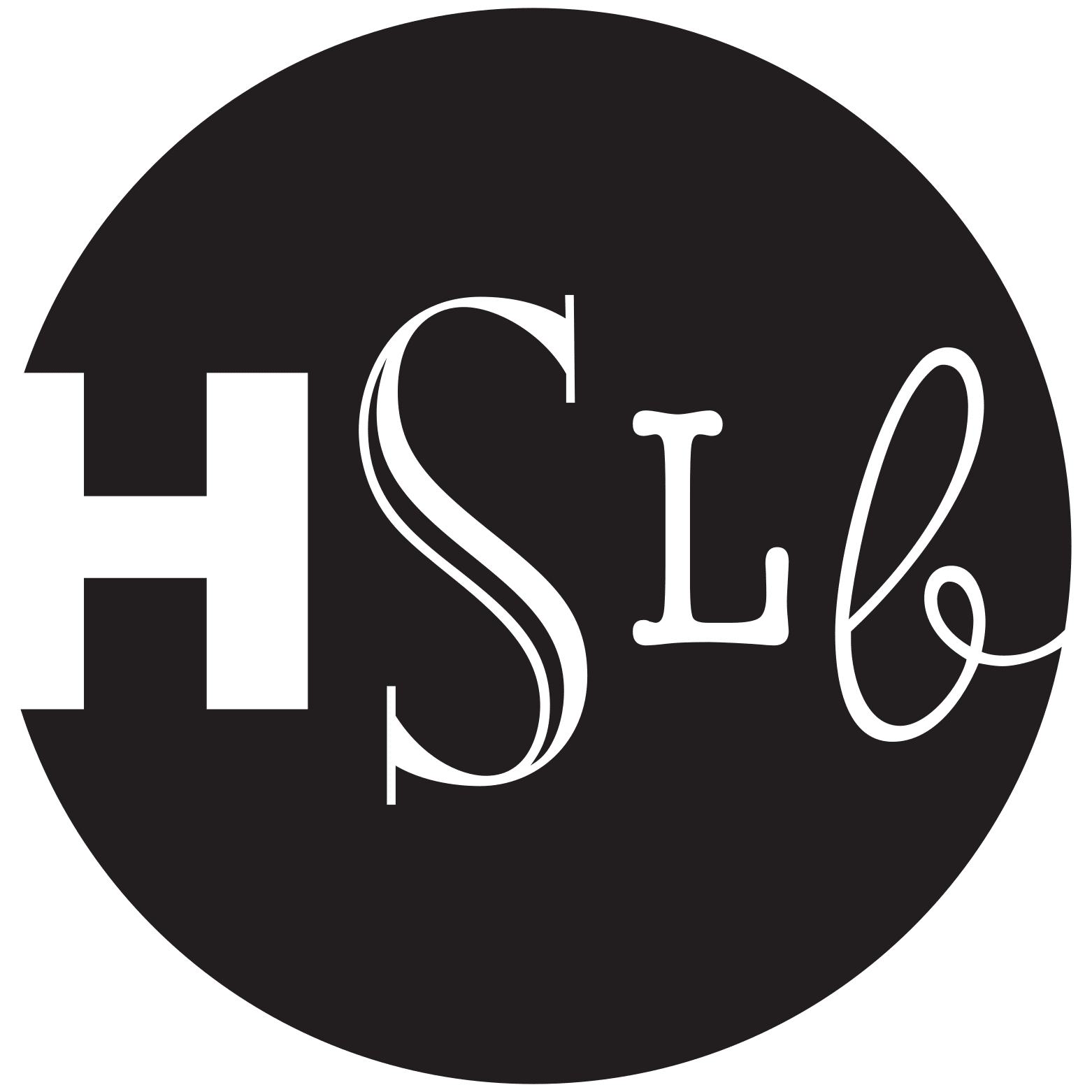Since 1888, the year Long Beach first incorporated as a city, residents have kept up on local events by reading a newspaper. Beginning that year, the Long Beach Journal was published every Friday.
In 1890, it was sold and its name changed to The Breaker. In 1893 it was joined by The Eye, which was soon the town’s first daily paper. In 1897 the competition heated up when The Press began bi-weekly editions. The little town couldn’t support three papers; they barely lasted out the year. Only The Press survived. In 1902, the Press Publishing Company was formed by forty of the town’s business and professional leaders, and they began publishing the paper daily. A competitor, Frank C. Roberts, arrived in December, 1904, and began publishing the Daily Telegram. When the decade ended, Long Beach was declared the fastest growing city in the United States. The city’s growth continued, and in 1911 William and Charles Prisk, in partnership with A. J. Hoskins, bought The Press. They were experienced newspapermen; William owned the Grass Valley Union and Charles and Hoskins owned Pasadena’s Star News.
When oil was discovered on Signal Hill in 1921, growth accelerated and a “million dollar a month” building boom began in Long Beach. In 1924, The Press moved into a new million dollar building at Sixth and Pine and merged with the Daily Telegram. The new paper was the Press-Telegram and by 1927 circulation reached 39,600.
In 1923, the Long Beach Morning Sun debuted. The paper’s publishers printed special editions for San Pedro, Wilmington and Compton. When the Great Depression hit, it ran into trouble and, in 1932, was purchased by the Press-Telegram. In 1938, as Long Beach was emerging from the Depression, Lawrence A. Collins began the Independent as a free semi-weekly. By 1947, it was issued seven days a week. By 1950, Collins claimed it had the largest classified advertising section of any tabloid newspaper in the world.
In 1952, Ridder Publications monopolized the local media when they purchased both the Independent and the Press-Telegram. At first, Ridder continued to publish separate morning (Independent) and evening (Press-Telegram) papers, but later consolidated them into the morning Independent Press-Telegram. In 1981, they dropped the name “Independent” from their masthead, and continued to publish the Press-Telegram as a morning daily.
In 1974, Ridder Publications merged with Knight Newspapers, Inc. and became part of Knight-Ridder. Still later, Knight-Ridder sold their interests to the Los Angeles Newspaper Group (a division of newspaper conglomerate MediaNews Group). They donated their collection of archival newspapers to the Historical Society of Long Beach in 2011 followed by the microfilm collection in 2013.
